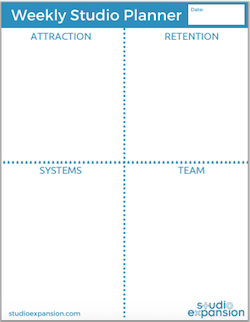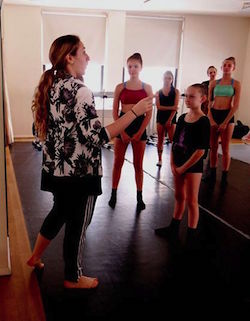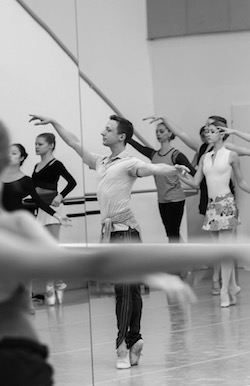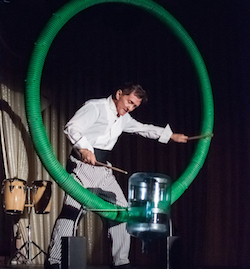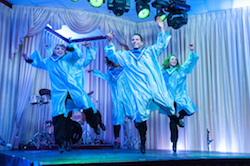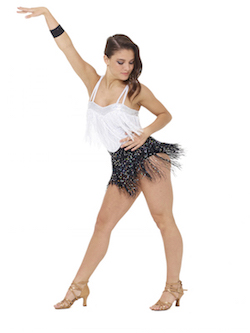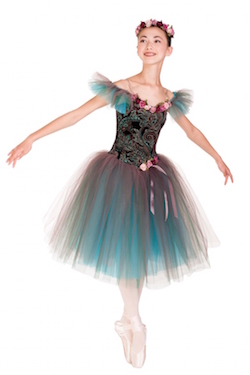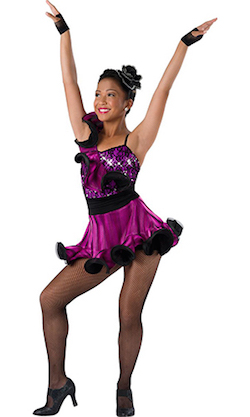Introducing Studio Pulse Software
Running a dance studio requires one to wear many different hats. An owner must look out for the students, offer great training, gather together a good group of faculty and staff, and organize recitals and performances. But studio owners also have to be business savvy – deal with tuition, registration, scheduling and billing, all of which require time, money and a decent organization system. And who doesn’t want to save a bit of time and money, and to do things more efficiently?
 Enter Studio Pulse. This new software is designed to help studio owners with their billing, accounting, class organization, attendance, client emails and more – all to streamline and make owners’ jobs easier.
Enter Studio Pulse. This new software is designed to help studio owners with their billing, accounting, class organization, attendance, client emails and more – all to streamline and make owners’ jobs easier.
Studio Pulse came to be because the Joffrey Ballet School was in need of a program with which to run the school and wasn’t happy with other companies on the market.
“So we made a version for Joffrey and said, ‘Hey, all dance studios can use this’,” explains Felicia Guerra, account manager for Studio Pulse. “So that morphed into the product that it is today. Since then, as we sign on more and more dance studios, we’re all about listening to the customers and trying to find the features they want, to make the access easier, the user interface easier. We wanted to make sure that it looked great, it was simple and it was logical with a really clean design. Our number one goal is that you can get on the system and learn to use it within a day or two, versus a month or two like some of our competitors.”
Currently, about 30 studios use Studio Pulse to grow their business and to do so in a most efficient way.
Some of the many features of the Studio Pulse program include:
Rosters and Attendance
Studio Pulse allows studios to keep track of class lists and students’ attendance in a much more concise way than large books of daily attendance sheets. Joffrey Ballet School, for example, uses iPads to take attendance and even automatically generates an email or text to parents notifying them of their dancer’s absence.
 Payroll
Payroll
The Studio Pulse program can track faculty members’ attendance and link it to payroll, and can eliminate any chance of human error. This job alone may normally require several hours a week of the studio owner or staff’s time. With Studio Pulse, however, that time can be better directed to teaching or maintaining the more artistic aspects of running a studio.
“What we tell people is that you can hire an employee for $10/hour, 40 hours a week to assist with all these aspects of your business, or you can just hire Studio Pulse for $100/month,” says Guerra. “Studio owners are already doing a lot of work! They’re in there doing every bit of the billing, costuming, all of that. Essentially, they can still do that, but it’s going to take them a fraction of the time.”
Billing and Registration
Perhaps one of the most important features is that Studio Pulse allows clients to register for classes on a studio’s website and it also bills them automatically each month, depending on the studio’s payment plan. This means no late dues!
“What happens is when you register a client, you’re going to put in their name, contact information, the class that they’re taking, and it’s automatically going to create all of the invoices for the rest of the year,” Guerra explains. “So there’s no need to go in and create billing or apply discounts on a monthly basis; everything is created for the year.”
 And Studio Pulse is so accessible and easy to use that, should a studio owner need to adjust something or add a discount, he/she can log in at any time and override anything that’s been done.
And Studio Pulse is so accessible and easy to use that, should a studio owner need to adjust something or add a discount, he/she can log in at any time and override anything that’s been done.
Studio Pulse also acts as the “collector”, so studio staff members don’t have to feel bad about nagging parents for late payments.
“Studio Pulse really helps a lot of those studios make the transition from being one of those ‘parents just kind of do what they want and pay when they want’ studios to saying, ‘Hey, we have a really professional software. It’s going to charge you on the day your billing is due. You have control to go in and update your billing information,’” Guerra adds. “And then it doesn’t feel as personal to a lot of studio owners. They feel guilty for collecting and running their own business. It’s going to outline everything for their customers really clearly – this is what it costs, these are the consequences of not paying on time. The system just does it all for you so you don’t have to have those tough conversations.”
Even drop-in students are able to use this feature when they choose to take class. Guerra mentions that a new drop-in feature is soon to be added to the software so that these students can buy a bulk amount of classes online, drop in and take class when they want, and it is removed from their virtual card.
Recital and Costume Management, and Inventory Tracking
Over the next few months, Studio Pulse will also offer two new features: Recital and Costume Management, just in time for recital season; and Inventory Tracking, which will act like a store’s shopping cart for those studios with in-house dancewear stores.
Even for those owners who may be technologically-tentative, Studio Pulse provides an easy-to-use, non-threatening program. And a 20-hour technical support is available for questions or assistance.
 Studio Pulse also offers a free trial so that studio owners can test out the software and its unique features before committing to the service.
Studio Pulse also offers a free trial so that studio owners can test out the software and its unique features before committing to the service.
“What happens with some competitors is that when you order a free trail, you get a version with half the features,” Guerra says. “Our free trial has every feature on it, and it’s full of sample information, so you go in there and run payments and run accounts and play around with it. If you decide to move forward, we just delete the sample information, but that specific link that your trial comes on will be your permanent link, making it such an easy start.”
In general, Studio Pulse has the capabilities to save a studio owner, and the studio’s staff, time and money.
“They’re going to collect more dues on time, more consistently, and they’re going to spend less time doing administrative work, like registering students, updating records, adding fees to accounts,” Guerra explains.
To learn more about Studio Pulse, or to get a free trial, head to studio-pulse.com.
By Laura Di Orio of Dance Informa.
Photos: All photos courtesy of Studio Pulse Software.
The post Studio Owners: Keep your finger on the pulse appeared first on Dance Informa Magazine.
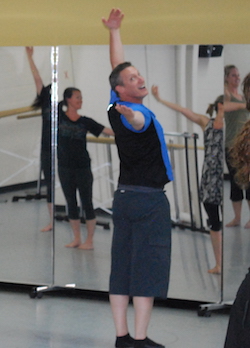
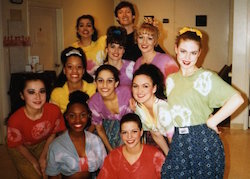
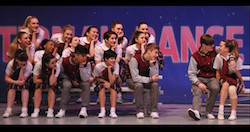
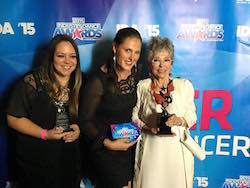
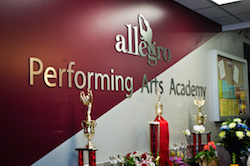
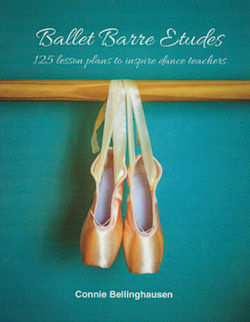
 Enter Studio Pulse. This new software is designed to help studio owners with their billing, accounting, class organization, attendance, client emails and more – all to streamline and make owners’ jobs easier.
Enter Studio Pulse. This new software is designed to help studio owners with their billing, accounting, class organization, attendance, client emails and more – all to streamline and make owners’ jobs easier.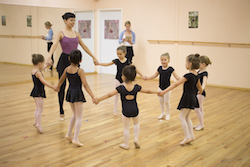 Payroll
Payroll And Studio Pulse is so accessible and easy to use that, should a studio owner need to adjust something or add a discount, he/she can log in at any time and override anything that’s been done.
And Studio Pulse is so accessible and easy to use that, should a studio owner need to adjust something or add a discount, he/she can log in at any time and override anything that’s been done. 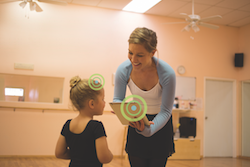 Studio Pulse also offers a free trial so that studio owners can test out the software and its unique features before committing to the service.
Studio Pulse also offers a free trial so that studio owners can test out the software and its unique features before committing to the service. 